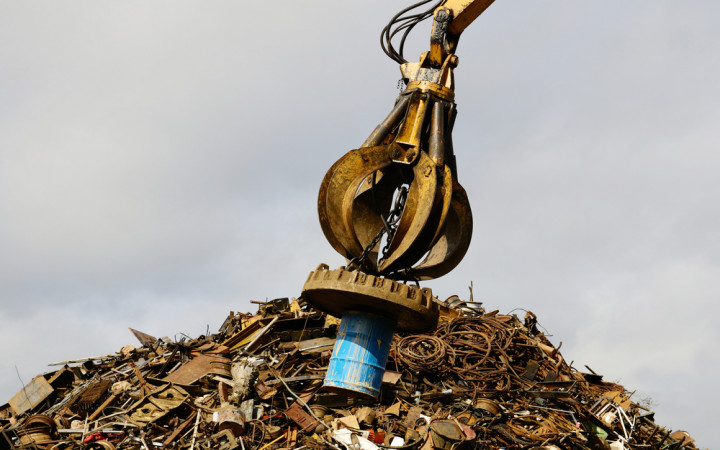Today’s Wonder of the Day was inspired by Aidan from WMD, IA. Aidan Wonders, “How do magnets work?” Thanks for WONDERing with us, Aidan!
Do you like to play with magnets? It can be a lot of fun to build things with magnetic toys. You might also use magnets to put your latest artwork on the refrigerator. You may have even used magnets to learn about science in school.
But do you know how important magnets are in our daily lives? They’re not just toys. Magnets are part of many of the things we use each day.
If you’ve ever played with a magnet, you probably noticed it was made of metal. In fact, it was probably mostly iron. Iron is the best magnetic metal on Earth. There are some other magnetic metals, including cobalt and nickel.
Have you ever WONDERed how magnets work? It’s definitely not magic, although it may seem like it. Magnetic metals are made up of small areas called magnetic domains. Every domain has its own north and south pole. In a way, each magnetic domain is its own magnet! These domains all line up in the same direction to come together to form a magnetic metal.
When an object is made of lined up magnetic domains, it has a magnetic field. That’s the area in which magnetism happens. Have you ever seen a magnet pull a bunch of paper clips to it without even touching them? It was able to do this because the paper clips were inside its magnetic field.
Why are some metals magnetic and others aren’t? In non-magnetic metals, the magnetic domains don’t line up. They just point in random directions. That stops them from forming a magnetic field. But some metals can be magnetized! That means a person can rub a magnet across the non-magnetic metal several times until it becomes magnetic. When this happens, the magnet helps to align the magnetic domains in the non-magnetic metal.
Each magnet has two poles: the north pole and the south pole. Although they might look the same, they behave differently. For example, opposite poles attract each other. That pulling force of attraction you feel as magnets stick to each other? It’s the north pole of one magnet drawing the south pole of another magnet toward it. Identical poles will push each other away. So when it comes to magnets, opposites really do attract!
Do you know of anything else that has north and south poles? If you said “Earth,” you’re right! Earth contains lots of magnetic metals that make the planet itself act like a humongous magnet. That’s why you can use a compass to find which way is north. The magnetic needle on a compass is drawn toward the magnetic North Pole!
So are magnets just neat scientific toys? Of course not! Magnets have thousands of uses. Some of them may surprise you. Did you realize that every electric appliance with an electric motor uses magnets?
Magnets hold refrigerator and cabinet doors closed. They also read and write data on your computer’s hard drive. Magnets even help turn digital music into sound. Magnets are all around you every day. They help make your life better in many ways you probably never imagined!
Standards: CCRA.L.3, CCRA.L.6, CCRA.R.1, CCRA.R.2, CCRA.R.4, CCRA.R.10, CCRA.SL.1, CCRA.SL.2, NGSS.PS2.A, NGSS.PS2.B




